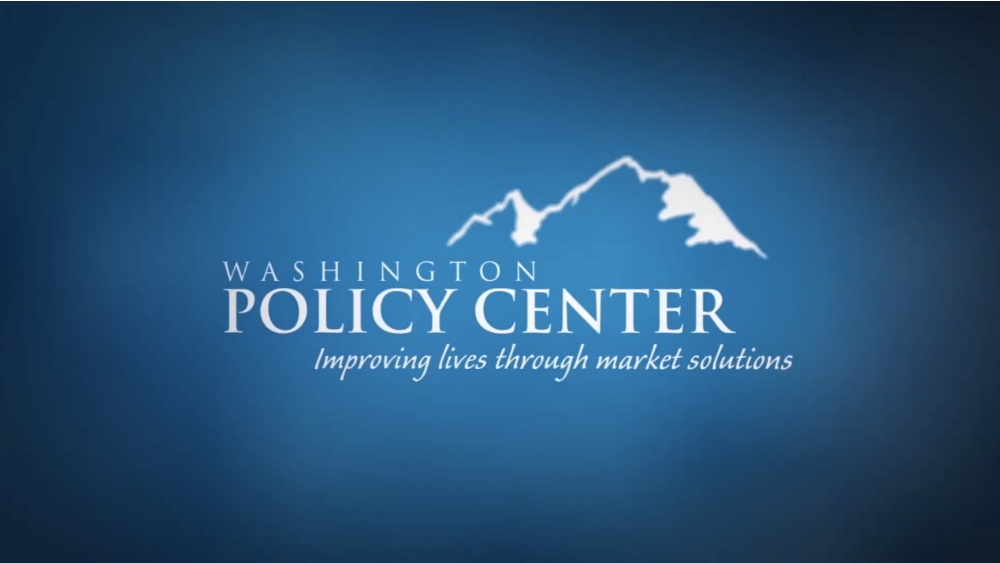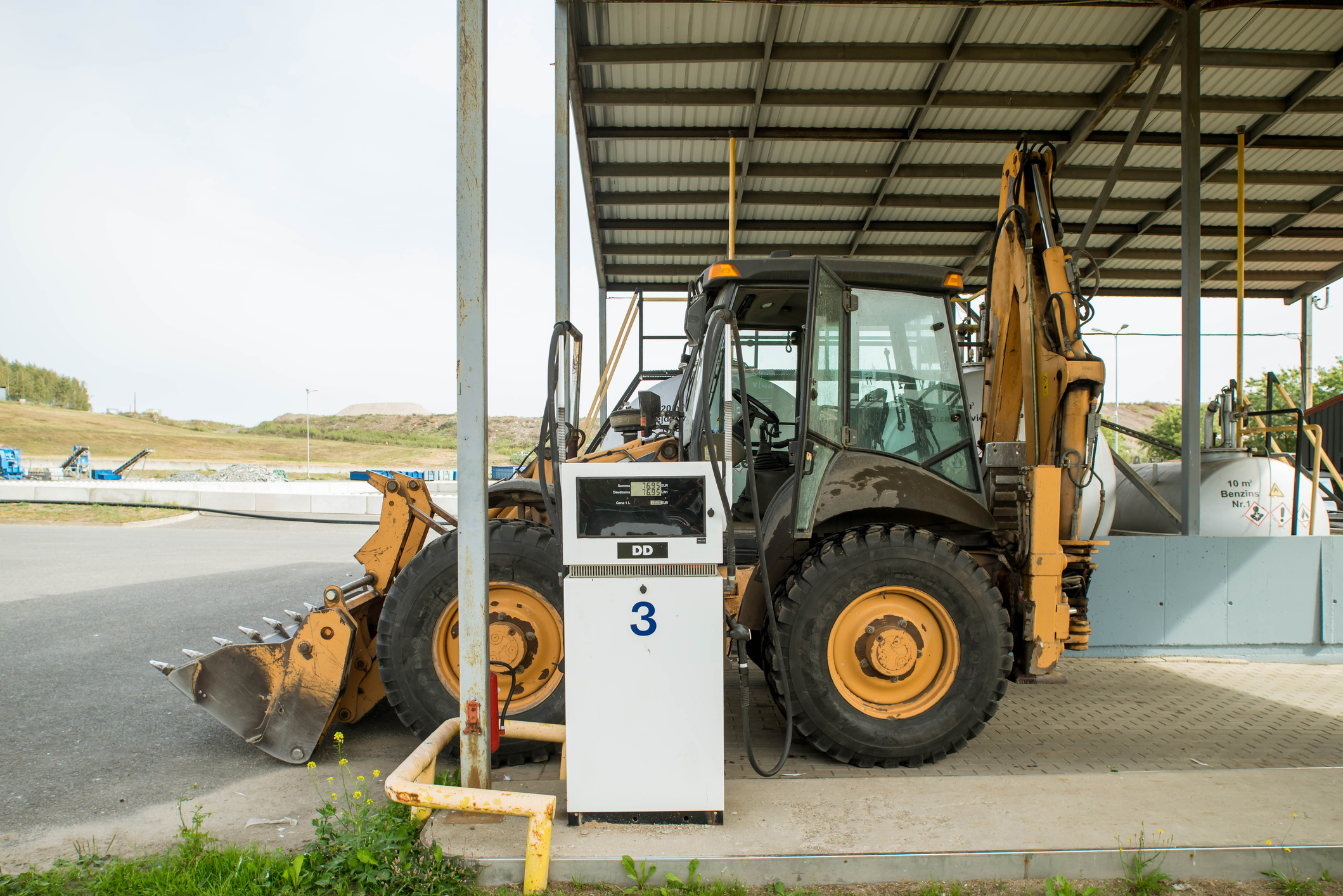Monday's Seattle Times wrote about the Bullitt Foundation's effort to create the "greenest building ever." The Times reports the Foundation is running into problems. Government regulations are hindering progress and the City of Seattle is having to waive some rules. This led to an unintentionally honest assessment of the City's regulation:
"We haven't actually gone down this road before," said Sally Clark, who chairs the Seattle City Council's land-use committee. "Most [regulatory] systems are not built for innovation."
Truer words were never spoken and they exemplify the problems with politically designed approaches to environmental sustainability. Innovation, such as hybrid vehicles and improved energy efficiency, has been the driving force in improving environmental health. Regulations impede that progress and narrow the options available to find new environmental solutions.
The irony is that politicians in Seattle and Olympia don't take that lesson from these examples. For them, the answer to too much government is more government. They add new regulations and government programs in the hope that such efforts will guide us to a sustainable future. As the new Bullitt Foundation building demonstrates, however, innovation thrives in an environment with fewer rules and more intellectual freedom.
Making regulation the centerpiece of environmental policy undermines the very freedom needed to promote innovation.



